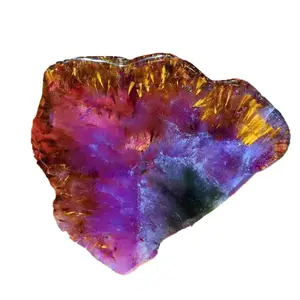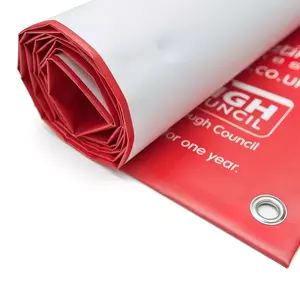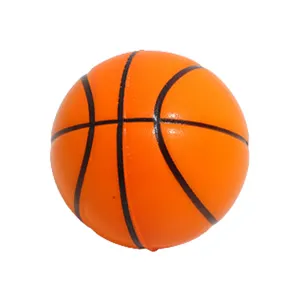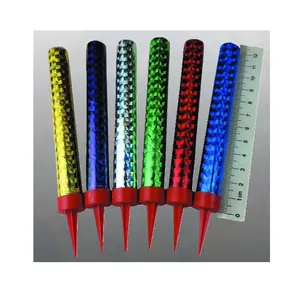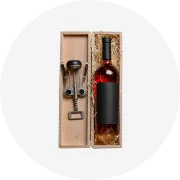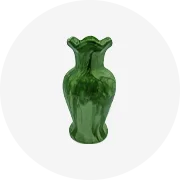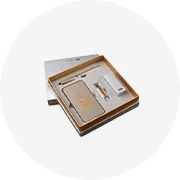Popular na sua indústria
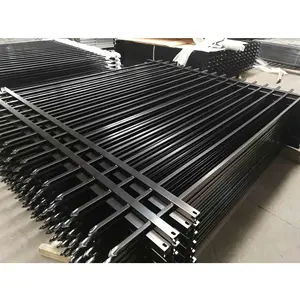



































































Buscas Relacionadas:


































































































































































Principais categorias
Sobre custo cerca madeira
Pintar, trabalhar em madeira, desenhar e esculpir são passatempos muito populares entre muitas pessoas em todo o mundo. É por isso que no Alibaba.com, uma variedade de custo cerca madeira ajuda as pessoas a mostrar sua criatividade. Usando esses custo cerca madeira, a pessoa pode desfrutar de uma série de benefícios, incluindo aumento da atividade cerebral e melhora da autoestima.
Arte e saúde sempre foram conectados, e um dos benefícios de custo cerca madeira é que eles podem ajudar como um calmante. Os produtos disponíveis no Alibaba.com podem reduzir o estresse e a ansiedade, bem como aumentar a sensação de emoções positivas. Estar imerso na criatividade significa que a mente pode se afastar de outros pensamentos perturbadores, reduzir os níveis de estresse e criar clareza, ajudando a acalmar os sentimentos.
Vendo a peça finalizada de trabalho feito com custo cerca madeira pode ajudar a aumentar a autoestima. O uso desses produtos pode ajudar o artista a se expressar de diferentes maneiras. Projetos como esses são ótimos para ocupar tempo e também podem ser compartilhados com outras pessoas. Quando concluídos, esses projetos darão ao usuário uma sensação de realização e muitos desses produtos podem ser presenteados ou usados como peças de exibição em toda a casa.
Encontre muitas ofertas custo cerca madeira no Alibaba.com e economize dinheiro sendo criativo e artístico com esses produtos. Os itens vêm de vários fornecedores e fabricantes e são feitos da mais alta qualidade. Desfrute da criatividade e economize comprando online hoje.

